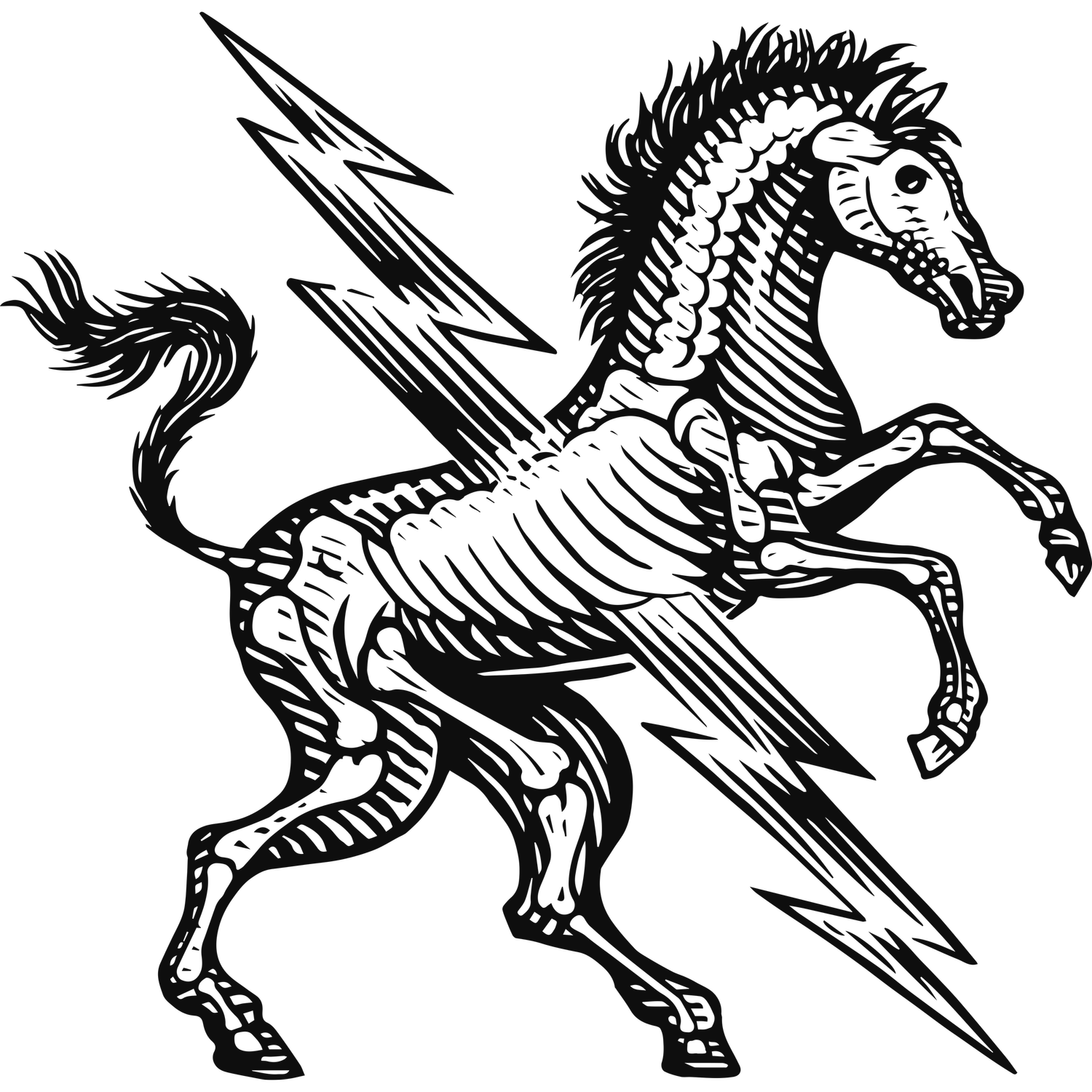Food branding agency. The Enduring Charm of Brand Mascots.
Brand mascots have been an integral part of advertising and packaging design for decades, leaving an indelible mark on consumers’ hearts and minds. Iconic characters like Tony the Tiger, the Jolly Green Giant, and Captain Birdseye have not only contributed to increased sales but have also played a crucial role in establishing brand identities and standing out in a crowded marketplace.
1. Emotional Connection
These mascots create emotional bonds with consumers, becoming trusted and relatable figures that represent the brand’s values and personality. When consumers connect emotionally with a brand, they are more likely to remain loyal and make repeat purchases.
2. Recognition and Recall
A well-designed mascot is instantly recognizable and memorable. This recognition helps in cutting through the noise of the market, ensuring that the brand remains top-of-mind for consumers when making purchasing decisions.
3. Personification of Brand Attributes
Mascots embody the key attributes of a brand. Whether it’s Nonna Malfi symbolising warmth and family or Tony the Tiger representing energy and enthusiasm, these characters serve as personifications of the brand’s values and promises.
The future of brand mascots is bright, as they continue to evolve in response to changing consumer preferences and technological advancements. With the rise of social media and digital marketing, mascots have expanded their presence beyond packaging, engaging with consumers through interactive content, animations, and even voice-activated devices. Brand mascots remain a powerful tool for engaging consumers, boosting sales, and helping a brand stand out. As long as these mascots continue to adapt and resonate with evolving consumer expectations, they will play a pivotal role in shaping the future of branding and packaging design.

